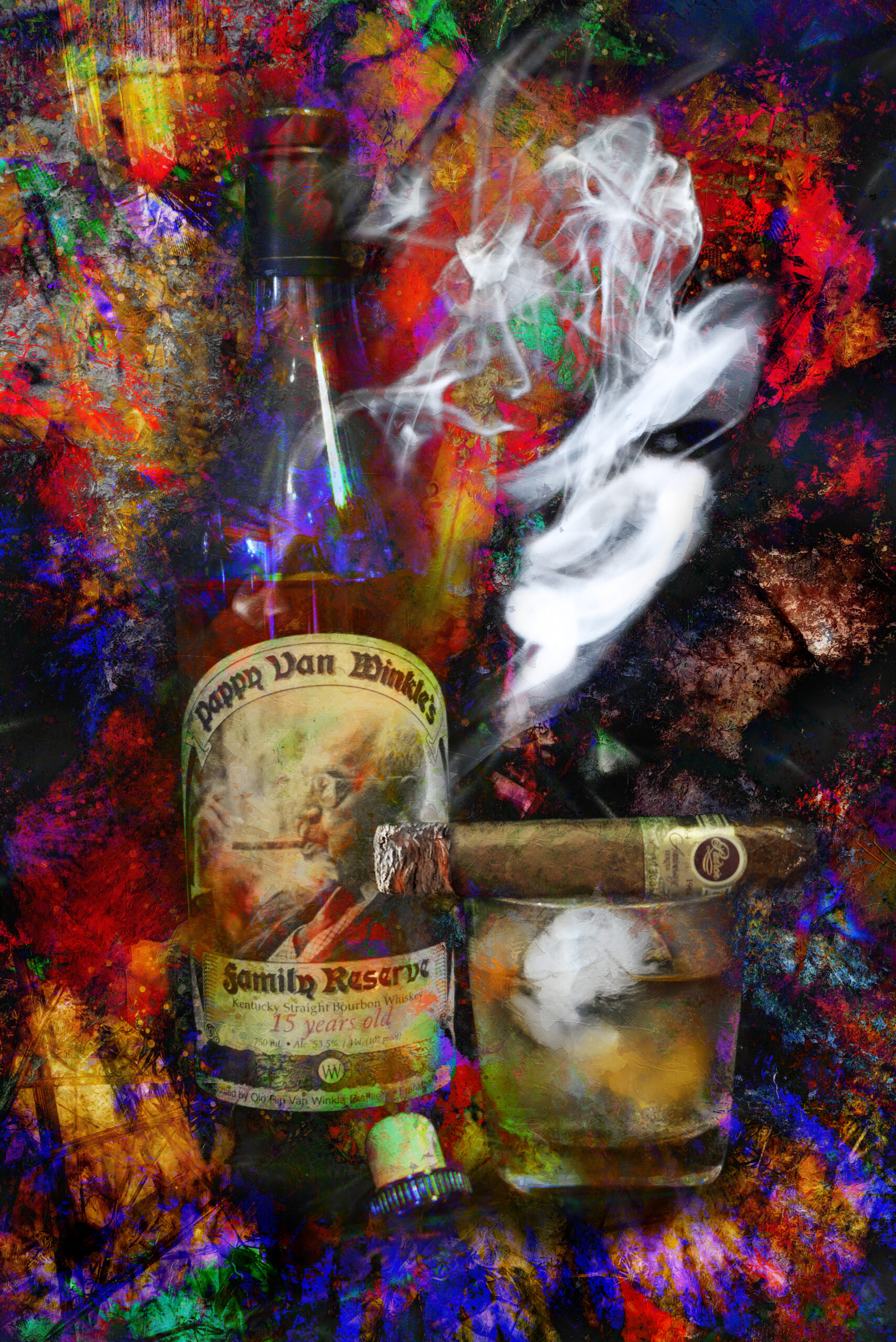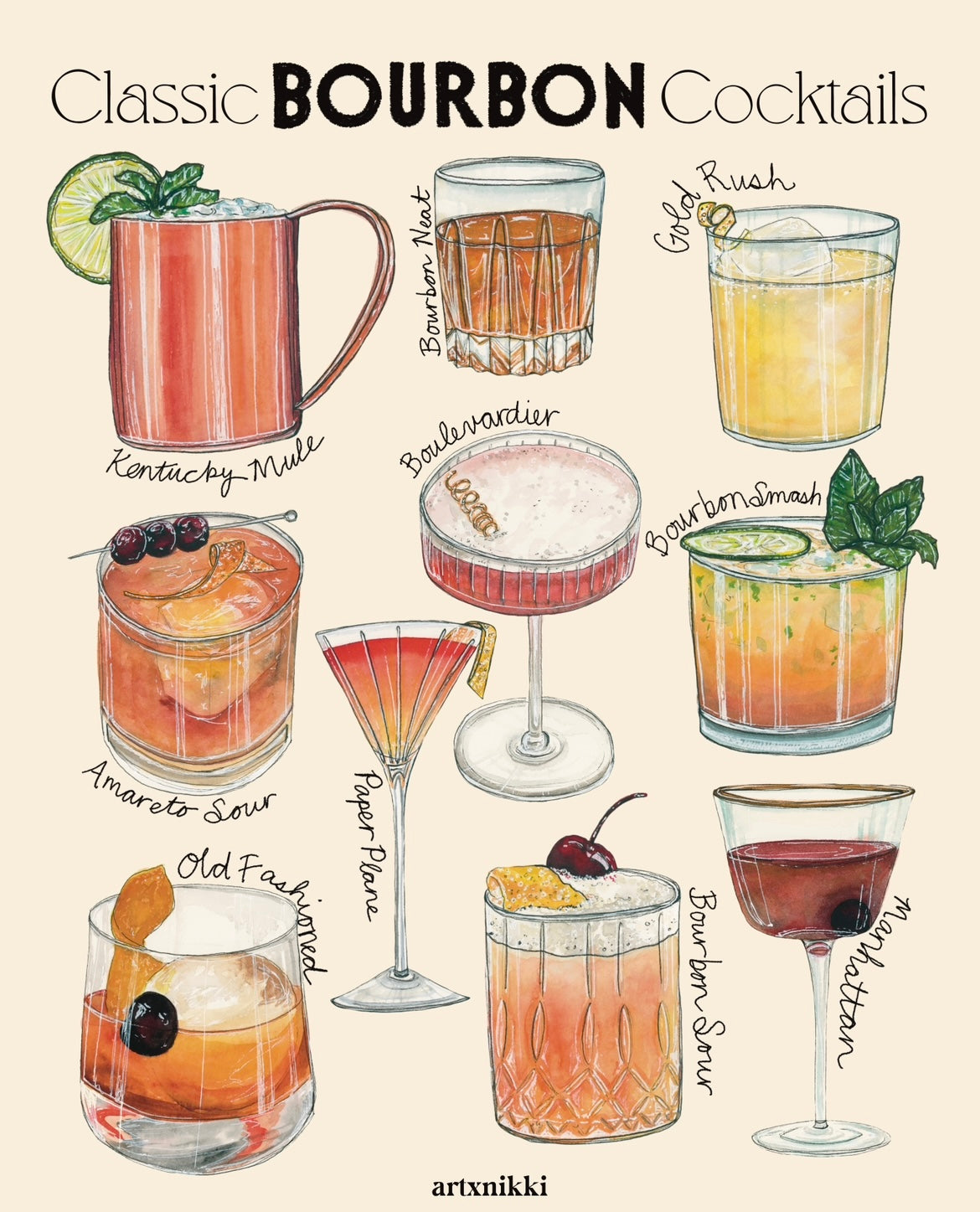The Value of Whiskey Art in Celebrating Heritage and Craftsmanship in the Beverage Sector
The complex partnership in between whiskey art and the event of heritage and craftsmanship within the beverage market can not be overemphasized. With attentively developed bottles and tags, whiskey brand names encapsulate their historic roots and the artisanal abilities that define their production methods.
The Historical Roots of Whiskey
At the heart of scotch's attraction lies a rich tapestry of historic origins that trace back to ancient worlds. The origins of scotch can be connected to the purification methods of the Sumerians and Babylonians around 2000 BCE, where early types of fermented grain drinks began to emerge. Nonetheless, it was in the Middle Ages that the art of purification evolved significantly, especially in Ireland and Scotland, resulting in the development of bourbon as we recognize it today.
The term "scotch" itself obtains from the Gaelic word "uisce beatha," indicating "water of life." This expression highlights the cultural significance of whiskey in Celtic societies, where it was frequently linked with rituals, events, and public bonding. By the 15th century, purification became a recognized craft within reclusive areas, paving the way for the establishment of lawful distilleries.
As trade routes expanded, bourbon's popularity grew, transcending regional boundaries and recording the passion of lovers worldwide. Limited Edition. This historical trip shows not just the craftsmanship behind whiskey production yet likewise its indispensable role in social and social contexts, marking it as a considerable beverage throughout history
Artistic Expression in Branding
Whiskey branding stands as a compelling junction of creativity and business, where aesthetic identification plays an essential duty in forming consumer understanding. The visual appeals of scotch labels, packaging, and advertising and marketing materials mirror not only the brand name's tale yet additionally its core worths and heritage. Through artistic expression, distilleries share a narrative that reverberates with customers, evoking feelings and triggering links.
Using color, typography, and imagery in branding serves to distinguish items in a saturated market. For instance, standard motifs may evoke a sense of credibility and workmanship, while contemporary styles can indicate technology and forward-thinking. This strategic artistic direction boosts brand name recognition and commitment, enabling consumers to create an individual relationship with the scotch they select.
Additionally, imaginative expression in branding frequently functions as a party of regional heritage. Distilleries frequently incorporate local icons or historical recommendations into their styles, producing a feeling of area that welcomes consumers to participate in a wider social experience. Eventually, the creativity behind scotch branding not just improves visual allure however also improves the overall story of the brand name, promoting a much deeper appreciation for the workmanship and heritage embedded in each container.
Craftsmanship in Bottle Design
The virtuosity obvious in scotch branding expands beyond aesthetic identity to include the workmanship included in bottle layout. Each bottle offers as a vessel not just for the spirit within, yet additionally for the tale it outlines its origin, quality, and custom. The layout process requires precise Recommended Site focus to detail, as aspects such as product, closure, and form add substantially to the general assumption of the bourbon.
Craftsmanship in bottle design involves selecting premium glass that can improve the whiskey's color and clarity, while likewise offering a tactile experience for the consumer. The shape of the container need to be both practical and visually enticing, typically showing the heritage of the brand name. Lots of distilleries choose for special shapes or printed logos that evoke a feeling of authenticity and history.
Furthermore, the tag layout and typography play a crucial role in communicating the brand name's story. Whiskey Art. A well-crafted container not just mesmerizes the consumer's eye but likewise enhances the brand name's commitment to high quality and practice. This way, the craftsmanship of container style becomes a vital element of the bourbon experience, combining creativity with a profound regard for heritage
Social Importance of Scotch Art
Commemorating custom and workmanship, the cultural importance of whiskey art transcends simple visual appeals, intertwining with the historic and social narratives of the regions where it stems. Each container functions as a canvas, illustrating the special tales, mythology, and practices that have formed neighborhood whiskey-making methods. The detailed styles frequently reflect the heritage of the distillers, incorporating symbols and concepts that reverberate with the society and worths of their communities.

Additionally, bourbon art plays a vital function in common celebrations and events, offering as a concrete link in between people and their shared experiences. By valuing the virtuosity in bourbon packaging, customers grow a deeper understanding and respect for the craft, inevitably enriching their satisfaction of the beverage itself.
Modern Trends in Whiskey Presentation
In recent times, the presentation of whiskey has developed to mirror contemporary preferences and patterns while still recognizing conventional workmanship - Whiskey Art. Distilleries are significantly concentrating on aesthetic aspects that enhance the general drinking experience, bridging the gap between heritage and modernity
Innovative bottle styles have actually emerged, frequently including sustainable products and imaginative labels that inform compelling stories. Many brand names now work together with regional musicians, instilling their products with distinct visual expressions that resonate with customers. Furthermore, limited-edition launches are usually packaged in collectible containers, including value and appeal for aficionados.

Conclusion
In verdict, scotch art serves as a vital channel for expressing the heritage and workmanship intrinsic in the drink industry. Via elaborate branding, innovative bottle layouts, and culturally significant imaginative aspects, whiskey brand names efficiently honor their customs and link with consumers.


Craftsmanship in bottle style includes picking top notch glass that can enhance the whiskey's shade and quality, while also supplying a responsive experience for the customer. In this way, the craftsmanship of container layout becomes a vital facet of the bourbon experience, combining artistry with a profound respect for heritage.
In conclusion, whiskey art offers as a vital conduit for sharing the heritage and workmanship integral in the drink industry.